By Vinay Karekura
Srirangapatna: It is nesting season for thousands of winged beauties at Ranganathittu Bird Sanctuary now and bird sounds rent the air. The increase in the presence of birds, both resident and migratory at the Sanctuary has brought cheer to both bird watchers and Forest Department officials.
Migration and nesting is a part of a natural cycle and hundreds of them flock every year. This year, according to Forest Department, hundreds of birds of over 170 species have landed at Ranganathittu for nesting and breeding. Forest officers say that every year, Ranganathittu witnesses birth of scores of hatchlings. Winter migration season began in December and will last till mid-May and by that time, hatchlings are able to fly on their own. Hundreds of pairs of various species have already hatched little ones and are gearing up to return to their countries. Migratory birds arrive here in batches & in different seasons.
The highest of them arrive during winter migration and they come from Siberia, Latin America and North India. It is estimated that over 6,000 to 7,000 birds come here every year during winter. The abundant availability of fish and aquatic insects in River Cauvery makes migratory birds favour Ranganathittu as the preferred nesting site.
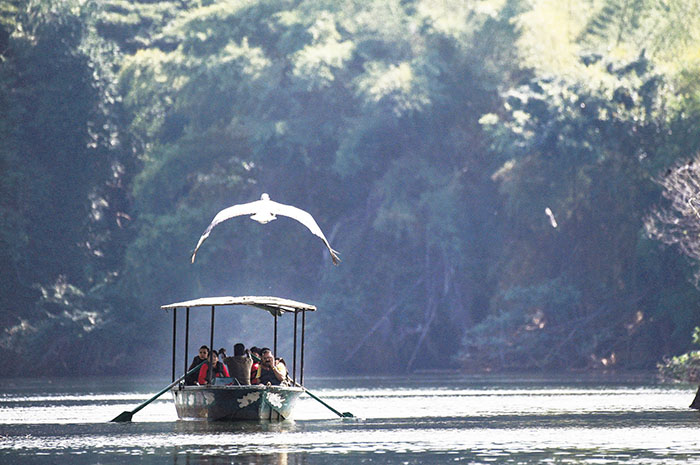
Not only Ranganathittu, birds also arrive at Gende Hosahalli, near Srirangapatna, Kokkare Bellur near Maddur and other parts of Mandya district to herald the nesting and breeding season. These locales prove that the Mandya district is rich in bird diversity. Spread across 66 acres and having over 24 islands and islets including Openbill Island, Large Cormorant Island, Kaadu Hunasemara Island, Stone Bill Island, Stone Flower Island, Neeranji Island, Hatthi Mara Island, Purple Heron Island and the Bamboo Island, the Ranganathittu Bird Sanctuary is the biggest in Karnataka. There are paddy lands that surround the Sanctuary up to 17 acres that prove ideal for picking straws for nesting.
Little Cormorant, Night Heron, Large Cormorant, White Ibis, Darter, Lesser Whistling Teal, River Tern, Indian Cliff Swallow, Spoon-Billed Stork, Painted Stork and Pelican, Asian Openbill Storks, Eurasian Spoonbills, Oriental Darters (snake bird), Spot-Billed Pelicans, Black-Crowned Night Herons, Black-Headed Ibises and brilliantly-coloured Kingfishers nest in Ranganathittu during the peak winter season.

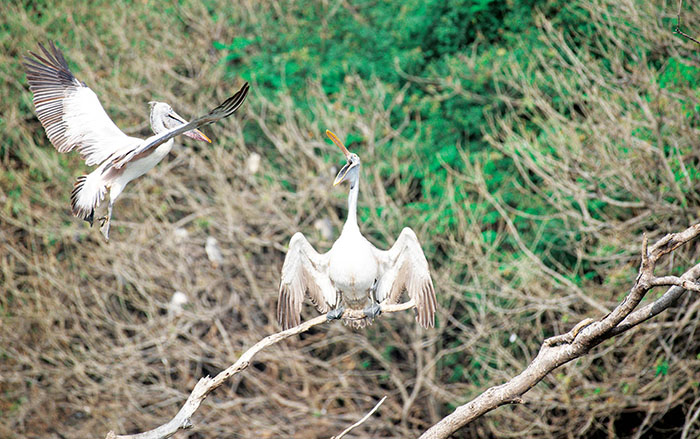
Butterfly park and watchtowers
As an additional attraction, a butterfly park has been made inside Ranganathittu that has more than 61 species including Southern Birdwing and Gram Blue. Three tall watchtowers along the sidelines of the sanctuary give a better view to bird lovers. The towers have been built at a cost of Rs. 4 lakh, covering an altitude of 20 feet and 50 feet.

The sanctuary attracts nearly 3 lakh tourists every year and was formed when Kanteerava Narasimharaja Wadiyar constructed an embankment across the Cauvery in 1648. Other attractions include battery-operated vehicles that have been procured at a cost of Rs. 5 lakh and these are meant to facilitate senior citizens and physically challenged so that they can move around the sanctuary.
A glass walkway has been constructed and it is attracting tourists like a magnet. New ticket counters have been set up and tickets for parking, camera, entry fee, and boating can be purchased at a single counter. Facility for cashless payment too has been enabled and a baby care facility too has been provided.
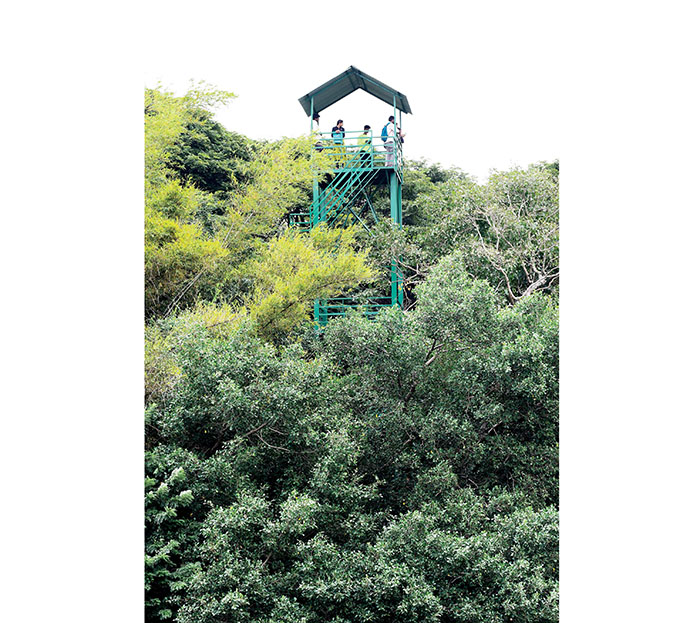
There is an Information Centre to educate people about birds, their patterns and behaviour, a canteen and neat walking space amidst well grown trees. The Sanctuary also has a 16-acre garden where we grow native fruit-yielding species of trees and plants. It has about 16 Pergolas so that tourists can sit and rest in the shade.
Range Forest Officer Surendra said that a proposal has been sent to the State Government to construct a play area for children that will have various attractions for jumping around and physical activity.



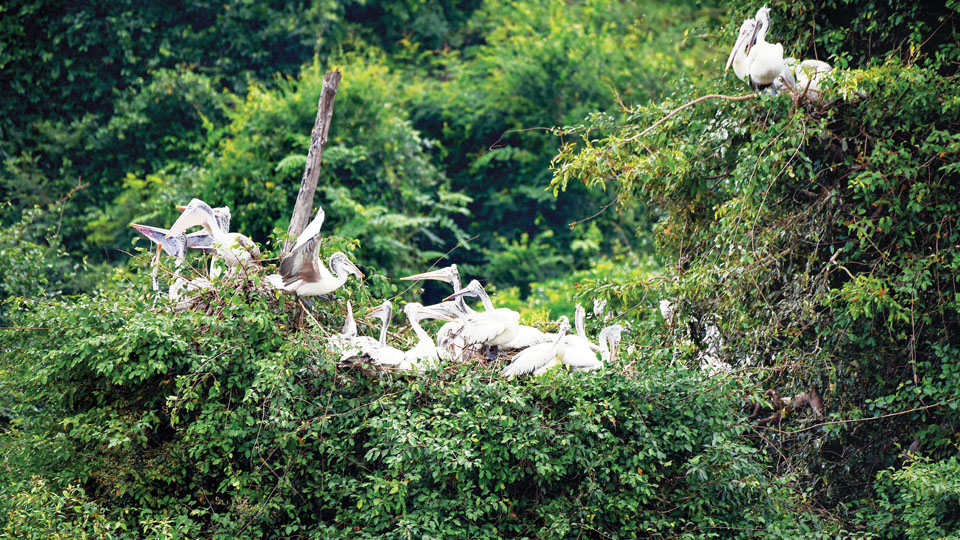

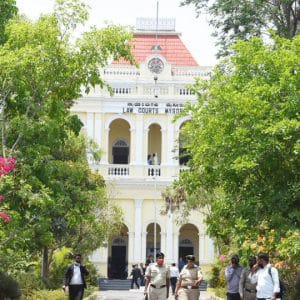


Recent Comments